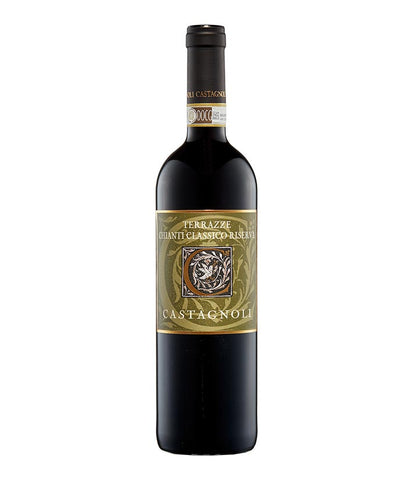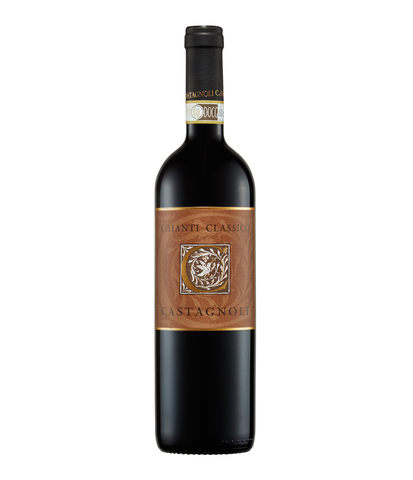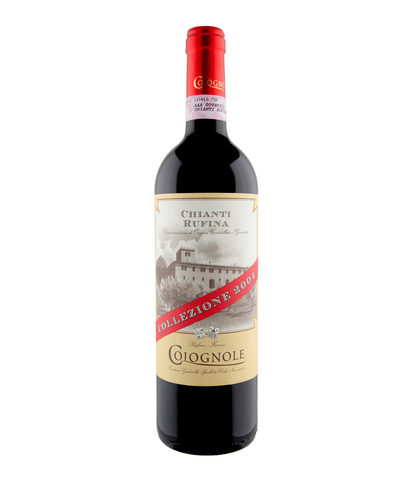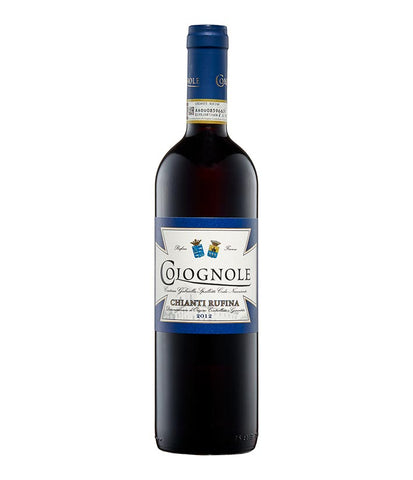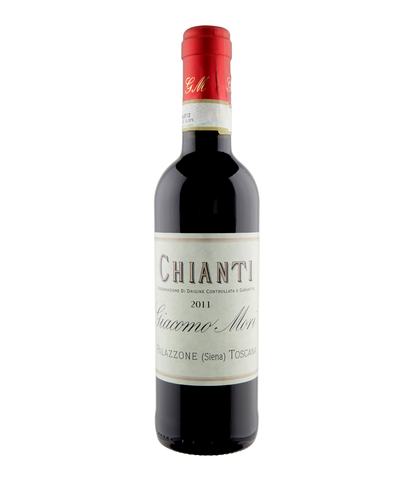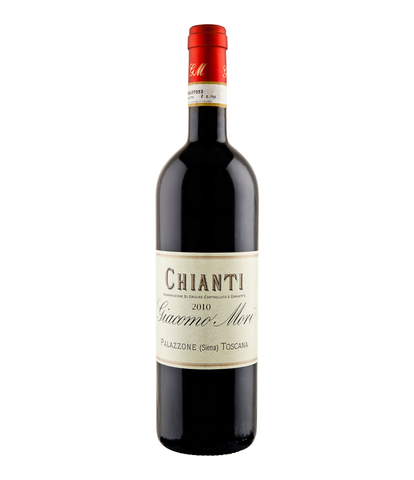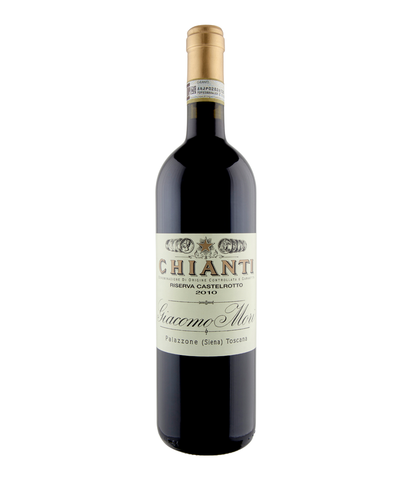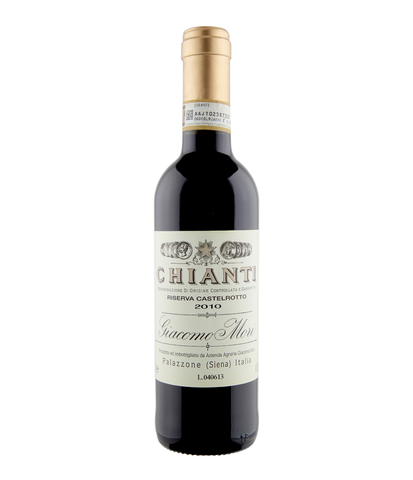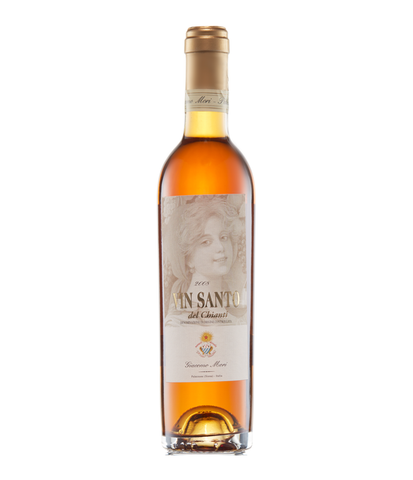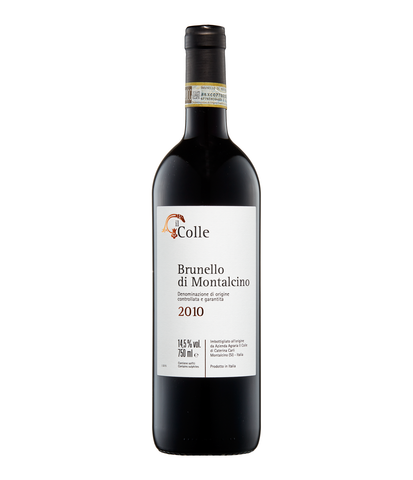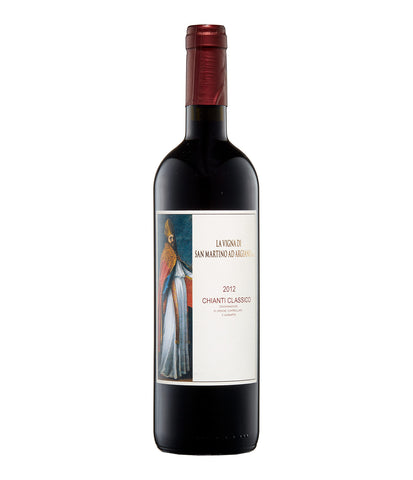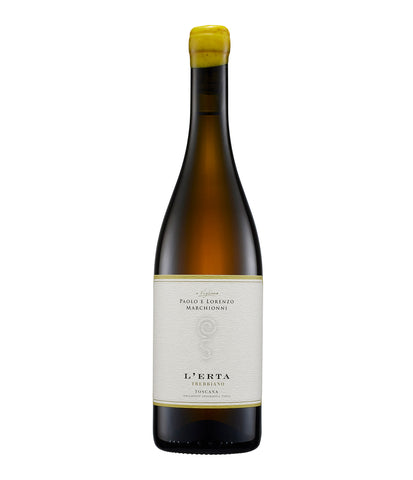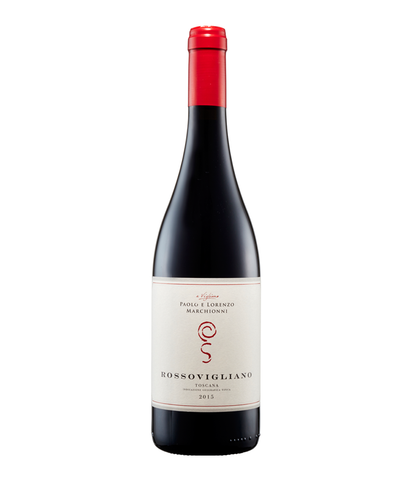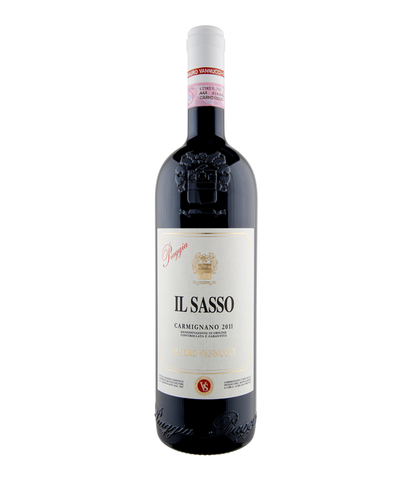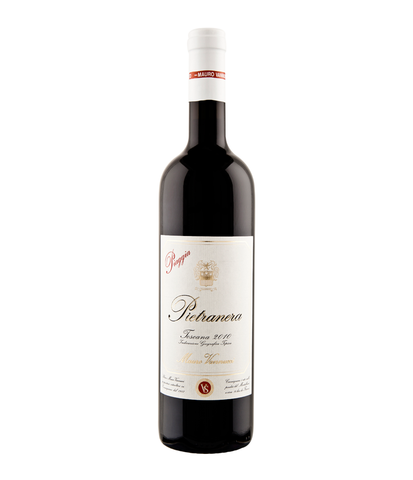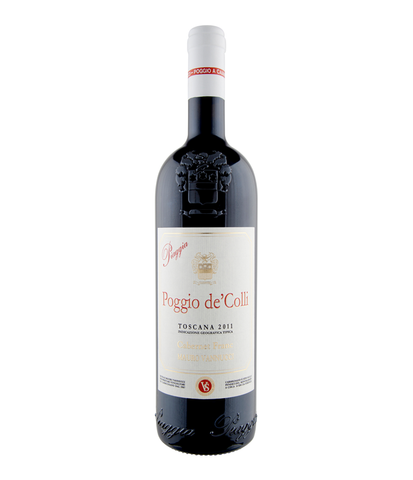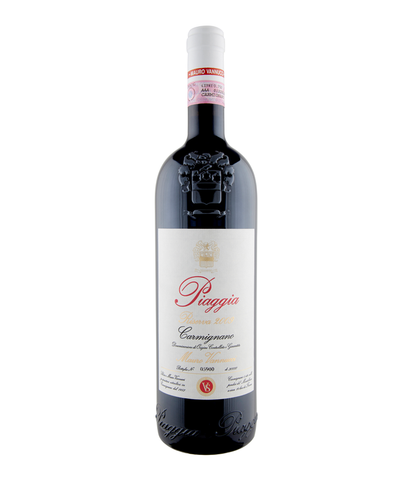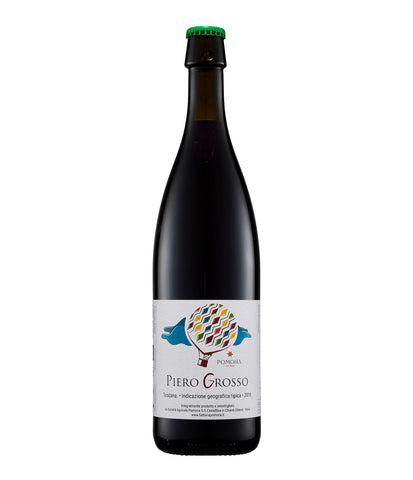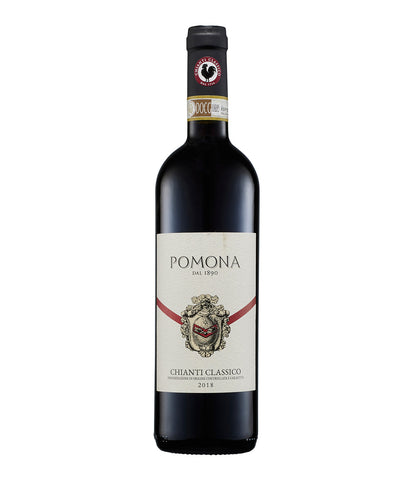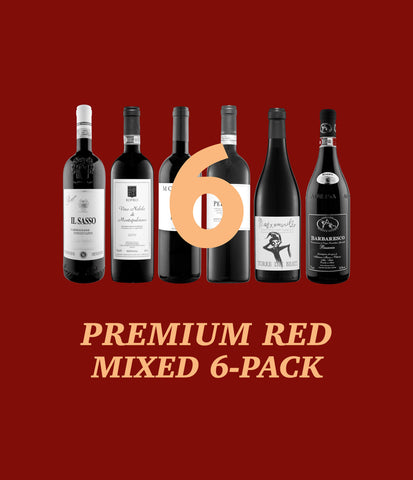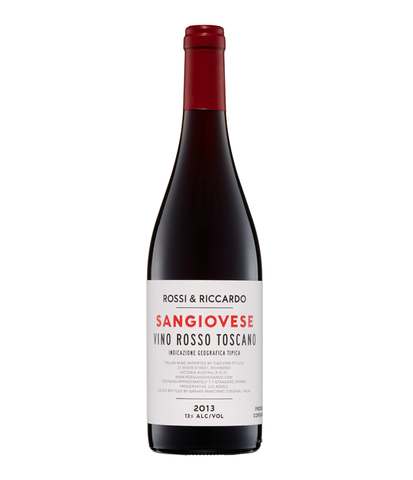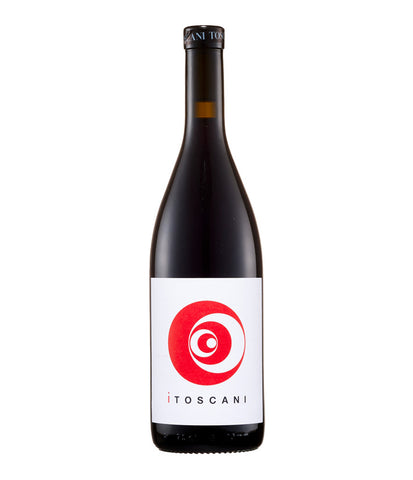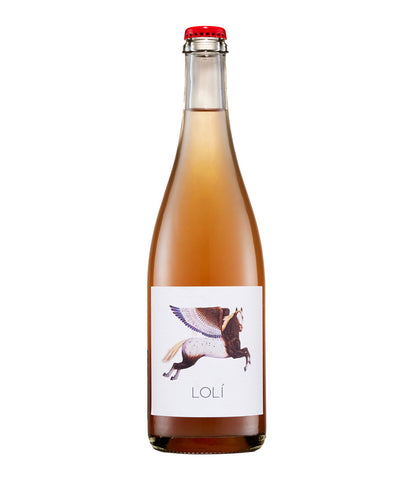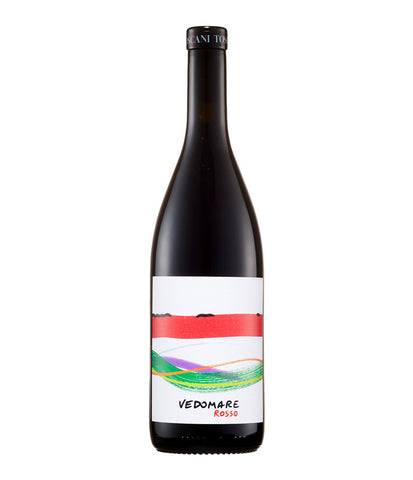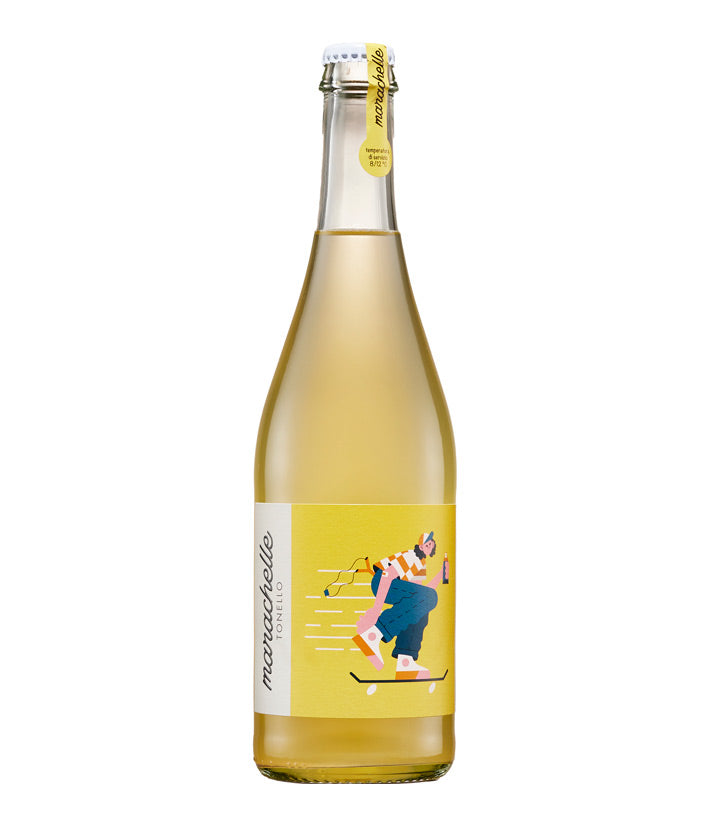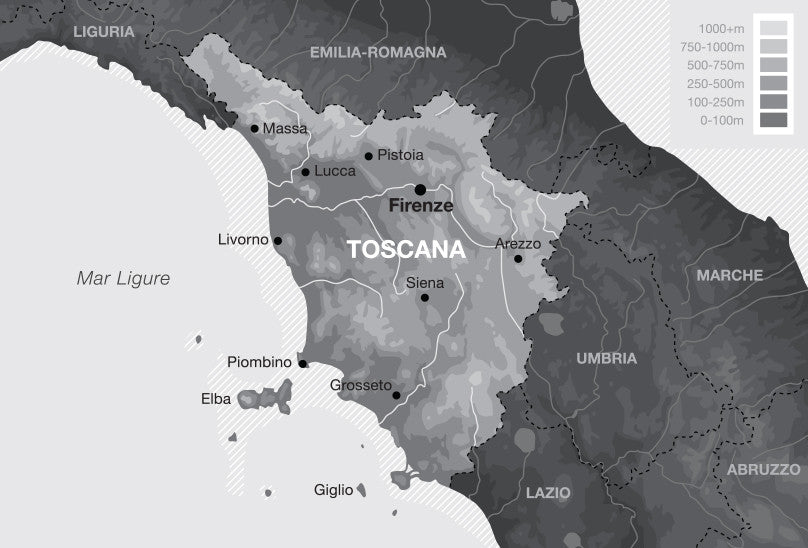
Toscana
Tuscany. The name alone evokes its own introduction. Images of Renaissance paintings, domed cathedrals, rolling green hills, that most identifiable obelisk-shaped tree, the Tuscan Cypress, and of course wine: Chianti, Brunello di Montalcino, Vino Nobile di Montepulciano, Vin Santo… Tuscany is arguably Italy’s most loved region internationally, and undoubtedly the home of the country’s most famous wine. From serious Riserva bottlings to flasks swaddled in raffia, Chianti seems to have caught the imagination of the public like no other wine.
Today, the word Chianti refers to a Sangiovese-based wine from a rather sprawling appellation that encompasses significantly varied territory, expressing itself in wines ranging from the angular and ferrous to the distinctly plush. The Chianti Classico DOCG represents the historical home of Chianti, ...READ MORE
Toscana
Tuscany. The name alone evokes its own introduction. Images of Renaissance paintings, domed cathedrals, rolling green hills, that most identifiable obelisk-shaped tree, the Tuscan Cypress, and of course wine: Chianti, Brunello di Montalcino, Vino Nobile di Montepulciano, Vin Santo… Tuscany is arguably Italy’s most loved region internationally, and undoubtedly the home of the country’s most famous wine. From serious Riserva bottlings to flasks swaddled in raffia, Chianti seems to have caught the imagination of the public like no other wine.
Today, the word Chianti refers to a Sangiovese-based wine from a rather sprawling appellation that encompasses significantly varied territory, expressing itself in wines ranging from the angular and ferrous to the distinctly plush. The Chianti Classico DOCG represents the historical home of Chianti, though it is indeed hard to generalise even about this much smaller area, as differences in elevation and soil unmistakably colour the wines, lending them indelible local character.
A little further south, the charming town of Montalcino hosts one of Italy’s grandest wines, Brunello di Montalcino. Although Brunello is always Sangiovese in purezza, locals point to the superiority of their local clone as one of the main reasons that their wines present with the power and authority that mark the finest expressions and distinguish them from their neighbour, Chianti. The soils there are perhaps also more given to this type of expression, than is the classic Galestro of Chianti.
Vino Nobile di Montepulciano (the town, not to be confused with the Abruzzese grape variety) sits in the shadow of Brunello and indeed the wines don’t typically have the power or pretensions to longevity, however the best expressions are distinctly compelling with a lithe grandeur and, like Chianti, may include other allowable varieties in the blend (up to 30%). The percentage of Sangiovese drops even further (50%) in the tiny DOCG of Carmignano near Florence, where Cabernet Sauvignon and/or Franc ably support the blend, as they have for centuries.
Sangiovese also has a significant presence in the coastal region of the Maremma, notably cropping up in the DOCGs of Montecucco and Morellino di Scansano. The Maremma, though, is perhaps best know for Bolgheri and the significant expressions of the Bordeaux varieties that are both some of Italy’s most highly regarded and most expensive wines.
Tuscany’s vinous identity is undoubtedly coloured red, led by the great grape Sangiovese. While its pale counterpart Trebbiano,is widely planted, it lacks the nobility and character to consistently distinguish itself. Vernaccia di San Gimignano is perhaps Tuscany’s most celebrated white wine, and though the wines can be fresh and vibrant, again its distinctiveness is not always easy to put one's finger on. Vermentino probably lays claim to making the most characterful of Tuscany’s white wines – depending on your view of the more international expressions of Chardonnay and Sauvignon Blanc – when sourced from the ideally situated maritime vineyards of the Maremma. These wines can be expensive at times, but the coastal tang that pervades the wines of Liguria is also palpable in the wines from the vineyards stretching further down the coast, and the best are deeply suffused with character. The other notable use of white grapes is in the inimitable Vin Santo, though variety pays second fiddle to method.
Principal denominations: Bolgheri DOC, Brunello di Montalcino DOCG, Carmignano DOCG, Chianti Classico DOCG, Chianti DOCG, Maremma Toscana DOC, Montecucco DOC, Morellino di Scansano DOCG, Rosso di Montalcino DOC, Rosso di Montepulciano DOC, Vernaccia di San Gimignano DOCG, Vin Santo (Chianti/Chianti Classico/Carmignano/Montepulciano) DOC, Vino Nobile di Montepulciano DOCGImportant white varieties: Malvasia, Trebbiano, Vermentino, Vernaccia
Important red varieties: Cabernet Franc/Sauvignon, Canaiolo, Ciliegiolo, Merlot, Sangiovese
COLLAPSE TEXT
- Page 1 of 1
-
- Page 1 of 1
-
